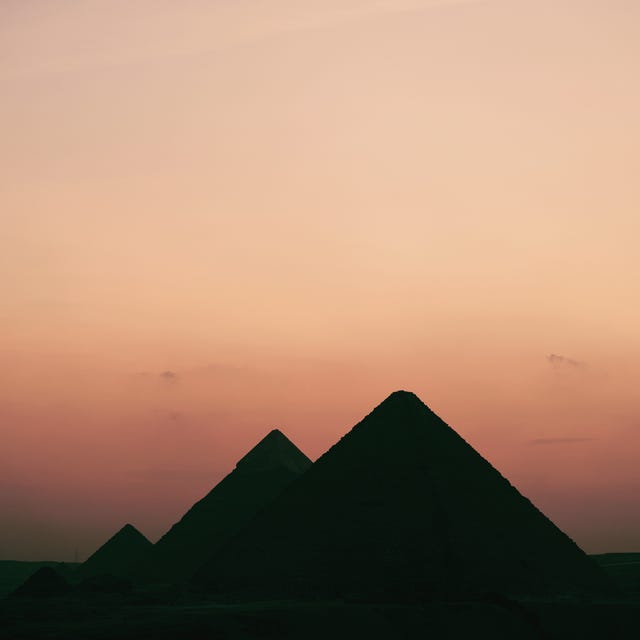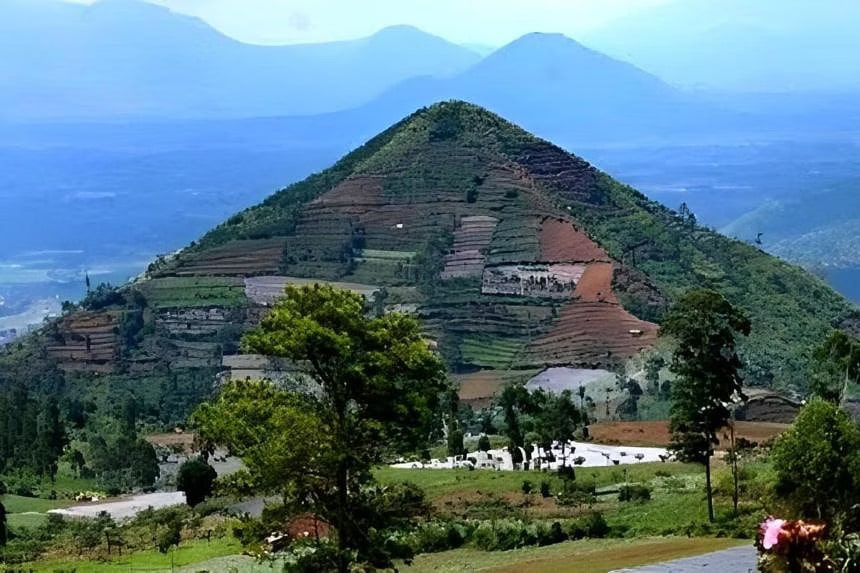
On one side, a robust range of leading archeologists seem perplexed on how the study ever made it past peer review and into print in the first place. On the other side, the team of authors call the retraction “unjust” and based on “unfounded claims raised by third parties who hold differing opinions and disbelieve in the evidence, analysis, and conclusions.”

The Gunung Padang site in West Java, Indonesia, includes a raised earth site. The paper’s authors—led by Danny Natawidjaja—claim that it is the remnants of a prehistoric pyramid from up to 27,000 years ago, far surpassing the oldest known pyramid in the world at a mere 4,700 years old. The team based much of their findings on radiocarbon dating from core drilling. But the retraction says that the dating has no tie to human interaction, especially in a place not believed to have been inhabited at the time the paper’s authors say humans were hand-forming the pyramid.

It all adds up to an article with a “major error,” the publishers write in the retraction. “This error,” they say, “which was not identified during peer review, is that the radiocarbon dating was applied to soil samples that were not associated with any artifacts or features that could be readily interpreted as anthropogenic or ‘man-made.’ Therefore, the interpretation that the site is an ancient pyramid built 9,000 or more years ago is incorrect, and the article must be retracted.”
Natawidjaja took the lead for the authors, arguing against the retraction, suggesting it represents a “severe form of censorship.”
Shortly after the publication of the paper, questions about the research came aplenty. “I’m surprised [the paper] was published as is,” Flint Dibble, archaeologist at Cardiff University, told Nature, upon the first report of an investigation into the paper.
The authors claim they have compelling evidence that the complex site features hidden cavities showing multi-layer construction, and that the rocks in the volcanic site were “meticulously sculpted” to be exact and arranged in a planned way. By drilling into the soil, they date layers of what they believe are constructed rooms.
There may be other explanations.
Dibble, according to Nature, claims that the natural movement and weathering of rocks can sculpt stone, and rocks can roll down hills to make them appear planned. Plus, there’s no evidence that the rocks were shaped by humans. Even haphazard, natural stone movements will create voids and spaces that could appear as purposeful rooms.
Add in the fact that there’s been no evidence of an advanced civilization at that site since the last ice age. While the soil samples may well be from 27,000 years ago, without the telltale signs of human activity—think charcoal or bone fragments—those skeptical of the study say there’s no reason to believe there was any sort of large settlement in the area during that time.
Natawidjaja and his team aren’t budging. They claim the soil samples “have been unequivocally established as man-made constructions” that feature three distinct phases of construction. They claim the shapes, composition, and arrangement of the stone bolsters the argument.
The presence of humans in the area seems to be a sticking point. Experts can agree that ceramics recovered from the dormant volcano show humans have been there at least a few hundred years, but nothing in the range of thousands of years, let alone 27,000 years.
To complicate the skirmish a bit more, politics comes into play. The Gunung Padang hilltop site is a travel destination for those practicing Islamic and Hindu rituals, and more than a decade ago—according to The New York Times—the Indonesian government was funding the narrative that the site was an ancient pyramid. Graham Hancock interviewed Natawidjaja during a Netflix documentary, Ancient Apocalypse, that aired in 2002, and he promoted the site then as an ancient pyramid.
Hancock now supports Natawidjaja and denounced the retraction, but the Society for American Archaeology wrote an open letter arguing that Hancock’s documentary “devalues the archaeological profession on the basis of false claims and disinformation.”
The fight over Gunung Padang seemingly predates the controversial study.
Camps on both sides feel strongly about their position, and the middle ground of archeologists simply don’t believe the study’s evidence supports the conclusions. “It was unfortunate that the paper had to get to this stage,” Noel Tan, a Bangkok archaeologist who had concerns about the study, told The New York Times. “But it was better to be retracted than to have nothing said about it at all.”